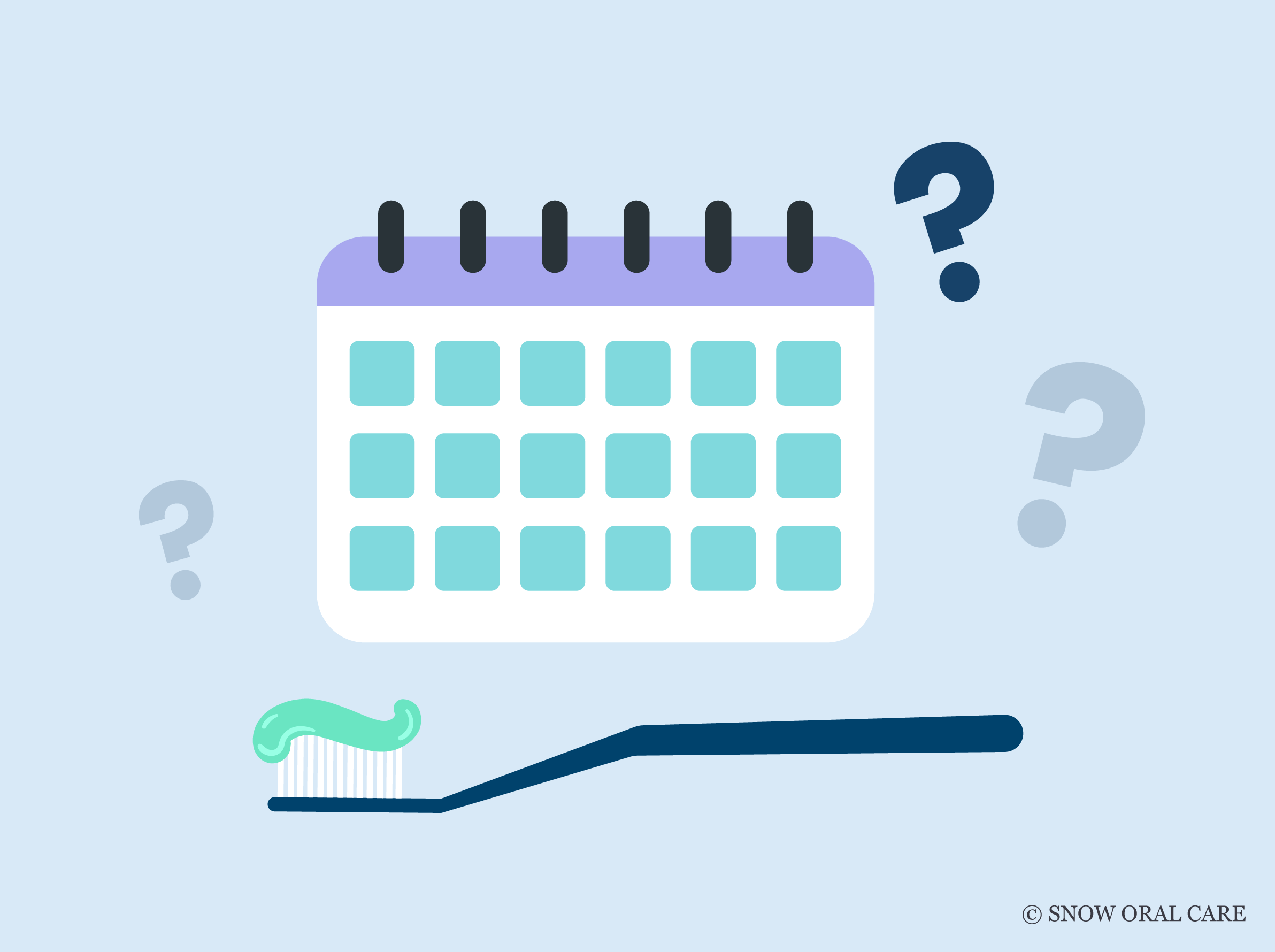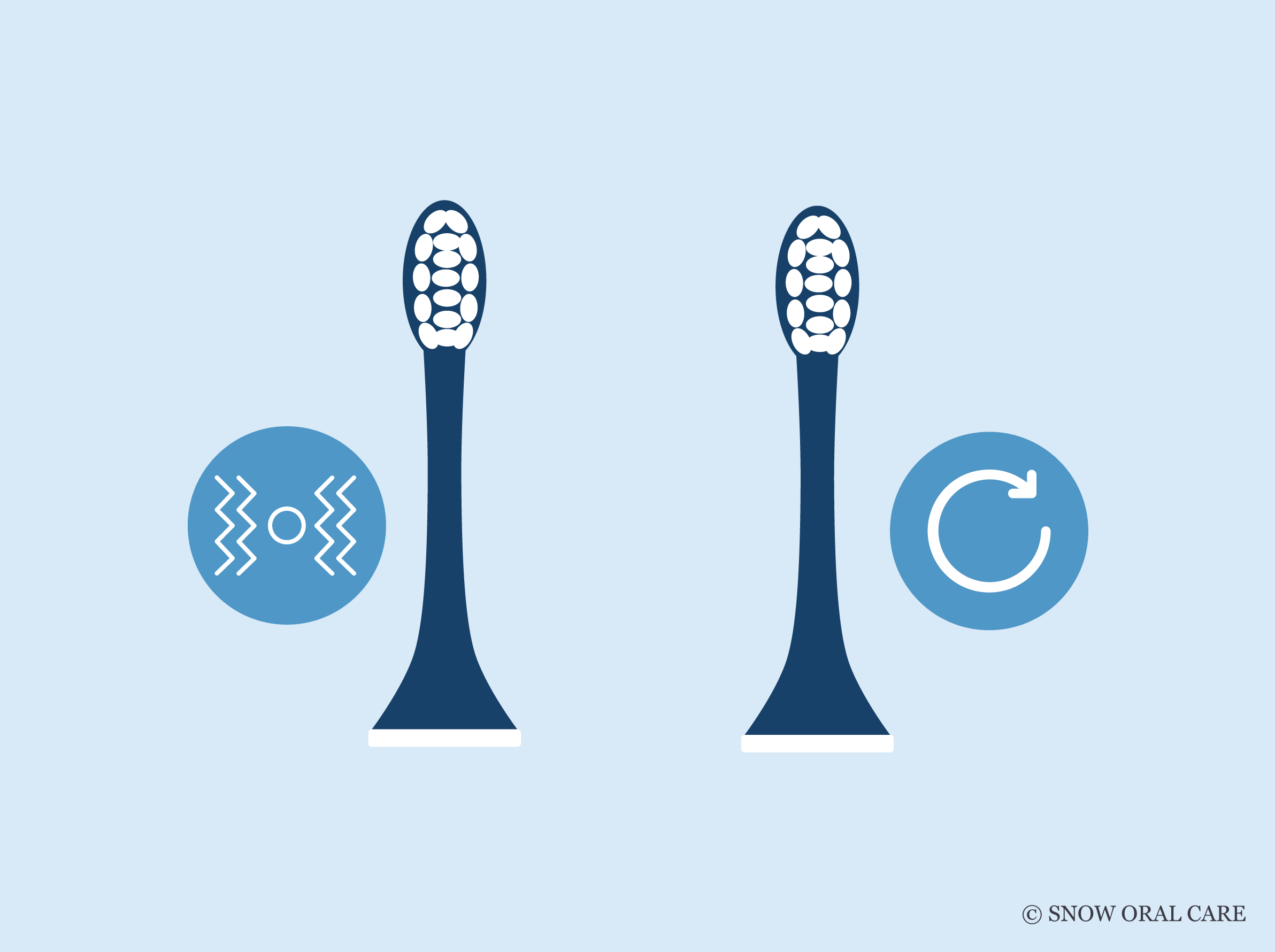What Is Cobblestone Throat?
As the name suggests. cobblestone throat is a condition that results in large bumps, resembling cobblestones, forming on the back of the throat. That is why it is called "cobblestone throat".
Though uncomfortable, this is not often a chronic condition, is rarely serious, and seldom requires the help of a healthcare provider.
Symptoms of Cobblestone Throat
The first and most common symptom of cobblestone throat is discomfort. "Pharyngitis" is any irritation or swelling of the pharynx, and it is the medical term for a sore throat.
The symptoms of chronic pharyngitis are pain in the pharynx and a dry or scratchy throat. While other symptoms might include anything that irritates the throat, such as a scratchy throat, and difficulty swallowing, postnasal drip, excess stomach acid, or a cough; throat pain is usually the first indicator of cobblestone throat.
A throat culture isn’t required to diagnose cobblestone throat; by simply looking into the mirror and opening your mouth, you can easily see your throat and whether or not the bumps in the back have taken on a cobblestone appearance.
Sore throat pain is particularly unpleasant, and you want it to be resolved as soon as possible, though. Enlarged lymphatic tissue is alarming, and it makes it hard to breathe and causes difficulty swallowing. What is causing this throat irritation?
Causes of Cobblestone Throat
Anything that irritates your throat can contribute to cobblestone throat. When the body fights irritation or infection, it often produces excess mucus, which is meant to encapsulate foreign substances. This excess mucus drains down the back of your throat, causing redness and bumps. Reasons for this can be as simple as seasonal allergies or as complicated as an infection.
Possible Causes Include:
- Allergies
- Upper Respiratory Tract Infections
- Viral and Bacterial Infections
- Bacterial Infections
-
Strep Throat
- Tonsilitis
- Pneumonia
- Viral Infections
- Colds
- Influenza
Allergies
An allergic reaction to seasonal pollens will cause the body to try to protect itself. Often, the first line of defense is increased mucus production meant to trap and flush the irritant. The attempt to flush a foreign substance from the body with abnormal amounts of mucus can lead to a runny nose and a postnasal drip.
Postnasal drip is when this excess mucus collects in the nasal cavity and begins to drain down the back of the throat. So much extra mucus and the constant draining it causes can make the sensitive throat tissue red and bumpy. This can lead to cobblestone throat.
Bacterial Infections
There are many different types of bacterial infections. Some can cause coughing or even vomiting, which can irritate the back of the throat. Others can even have throat pain itself as a symptom. Any of these can leave you with a raw throat, which can lead to cobblestone throat.
A bacterial infection can cause bacterial pharyngitis and can often be treated with antibiotics. This medicine will treat the cause of the symptoms that make your throat sore. There are many types of these infections, but a few examples of those that might cause soreness in the throat are:
Streptococcal pharyngitis
Streptococcal pharyngitis, or Strep throat, is a bacterial infection that is most often spread by coughing, sneezing, or talking. It is caused by group A streptococcus bacteria. This bacteria travels in microscopic droplets, and it mostly affects the throat with the usual symptoms of pharyngitis but can have many different symptoms. The throat pain it causes can be very severe. Strep throat can easily cause cobblestone throat and acute pharyngitis.
Tonsilitis
The tonsils are lumps of soft tissue on both sides of the throat, and their main purpose is to trap germs and protect the body from getting sick. When these tissues become infected, they get swollen and painful. This condition is called Tonsilitis. It is very common and can result in a very sore throat and difficulty swallowing. It can be accompanied by a peritonsillar abscess, which is an accumulation of pus behind the tonsil itself. If it is viral, only home remedies will help ease throat symptoms.
Pneumonia
Pneumonia is an upper respiratory tract infection that is accompanied by a strong cough, which can result in very sharp throat pain, also called acute pharyngitis. A fever, terrible cough, and muscle pains accompany the sickness. Chest pain and trouble breathing are also parts of Pneumonia.
Viral Infections
While there are as many viruses as there are bumps in the back of the throat, two of the most familiar viral infections are:
Common Cold
Everyone is familiar with the common cold; that is why it is referred to as "common." This is a kind of viral infection, and it is not treated with antibiotics. Because of the mildness of the viruses that cause a cold, it usually resolves itself in about a week without any type of medical intervention. Colds come with a long and varied list of symptoms, one of which is a sore throat. This throat pain can be severe and lead to cobblestone throat.
Influenza
At some point, most of us have had the misfortune of getting "the flu". There are many different strains of influenza, and it is easily transmitted from one person to another. As with colds, influenza is a viral infection and therefore does not respond to antibiotics, which are used to treat bacterial infections. Influenza often causes a sore throat, which can manifest as cobblestone throat. To feel better, you can try and treat symptoms of flu with home remedies and simple changes to your routine.
Epstein Barr Virus
The Epstein Barr Virus is one that attaches to white blood cells in the body. Because it attacks the immune system, the body has trouble fighting it off. The most common symptom of this virus is acute pharyngitis. The virus can lay dormant in the body for a time and then reactivate.
Other Causes
Environmental Factors
While allergies and illnesses, such as Strep throat, are the major causes of cobblestone throat, there are more simple factors that can contribute to an irritated throat. If you do not have other symptoms, the air itself might be causing your discomfort.
Poor air quality, pollution, dry air, and other irritants can all cause a sore throat. Some people get a chronic sore throat, and it is often caused by these environmental factors. Even acidic foods and acid reflux can cause irritate the throat.
Treatment
If it is not the result of an infection, cobblestone throat (and any throat irritation) does not have a specific treatment plan. The pain can usually be helped by a few home remedies, including:
Gargling
To gargle, just fill the mouth with liquid, tilt your head back, and without swallowing, exhale a steady stream of air into the mouth, causing the liquid to bubble and move at the back of your throat. This helps to cleanse the mouth and the back of your throat. Warm salt water is often used because the warm liquids help to dissolve the salt and because salt itself is proven to have antibacterial properties. You could even gargle with mouthwash as this will both clean the mouth and leave it feeling fresh!
Honey
Honey is a natural way to fight allergies because it is made using the pollen that causes an allergic reaction. By consuming raw local honey, you introduce small dosages of the pollen to your body until it no longer recognizes it as a foreign substance. Honey also has antimicrobial properties, and it has been used for centuries to help wounds to heal, so why not your wounded throat?
Lozenges
Sucking on a throat lozenge is a good way to soothe a sore throat and the science behind the use of a lozenge is undeniable.
The constant production of saliva caused by sucking on a lozenge helps to coat a sore throat and protect it from further irritation by dry air, air pollution, and airborne irritants. That mixed with whatever medicinal properties are found in the lozenge introduces the inflamed tissue to soothing ingredients that the throat needs.
Remember that lozenges are all different and the ingredients in each one can treat different symptoms. Drops contain different ingredients, like Eucalyptus oil, ginger, or menthol, each of which addresses a different pain-causing issue. Some reduce coughing with others cool the inflamed tissue.
Good Oral Hygiene
It seems rudimentary, but having a clean mouth helps to fight off the further increase of bacteria and other causes of pharyngitis. Practicing good oral hygiene always, especially when you are experiencing throat pain, will help prohibit the growth of undesirable bacteria and other conditions that you don't want your mouth to harbor. You should always brush your teeth in the morning and floss and brush your teeth at night.
Antihistamines
If your cobblestone throat is caused by allergies, then an antihistamine might help to alleviate the nasal discharge and draining that is causing your sore throat pain. This over-the-counter medication is effective because it blocks the chemical that causes your body to have an allergic reaction. These helpful medicines come in nasal sprays and pill form.
Prevent Cobblestone Throat
You have likely heard it said that prevention is better than a cure. There are a few things that are good habits to form in an endeavor the prevent cobblestone throat.
- Most importantly, do not smoke. This dries out your airways and makes you susceptible to easily getting a sore throat.
- Wash your hands frequently. Though we try not to touch our eyes, nose, or mouth, we frequently do so without noticing. Keeping your hands clean will help to avoid introducing bacteria and viruses into your system.
- Drink plenty of fluids. This will keep the body hydrated and able to flush out germs.
- Eat healthy foods to give your body nutrients to support a strong immune system.
- Stay away from sick people to avoid coming into contact with their germs.
While it is not possible to entirely avoid getting bacterial or viral infections and then suffering the occasional sore throat, there are certain things you can do to minimize the frequency of an irritated throat and other severe symptoms.
FAQ
Is Cobblestone Throat Contagious?
Cobblestone throat is not contagious, but the surest way to know if contagion is a concern is to identify the cause of this immune system reaction. If the throat pain is because of allergies or environmental irritants, then it is not contagious. If it has an underlying cause, such as an infection, then it might be contagious.
When Should I see a Doctor?
Most often, cobblestone throat does not need the help of a healthcare provider to be resolved. A sore throat can come on a few times a year and leave as suddenly as it arrived. However, pharyngitis is a symptom rather than a condition.
If symptoms persist and go on for a few weeks or if other symptoms, like a fever or swollen glands, are present, it is a good idea to seek medical counsel. If the condition is caused by a bacterial infection, it is something that should be treated with antibiotics. While doctors don't treat cobblestone throat, they can prescribe antibiotics if the discomfort is a symptom of an infection.
Is it Cancer?
Cobblestone throat is not considered a sign of throat cancer. Bumps on the throat and even a sore throat usually clear up on their own after a couple of weeks, and if they don't, you should seek the expertise of a healthcare provider.
Throat cancer is marked by a persistent cough, severe sore throat, jaw or ear pain, swelling, and oral bleeding, among other things. This pain is more likely a symptom of something much less severe.
Summary
Cobblestone throat is a sore throat that causes swollen bumps and looks like cobblestones on the back of the throat. It is often caused by allergies, bacterial infections, viral infections, or environmental factors.
The condition is not serious and seldom needs professional medical advice or intervention. While sore throats are common, they can be mitigated using various home remedies, like gargling warm salt water or using nasal sprays, that are inexpensive and readily available.














































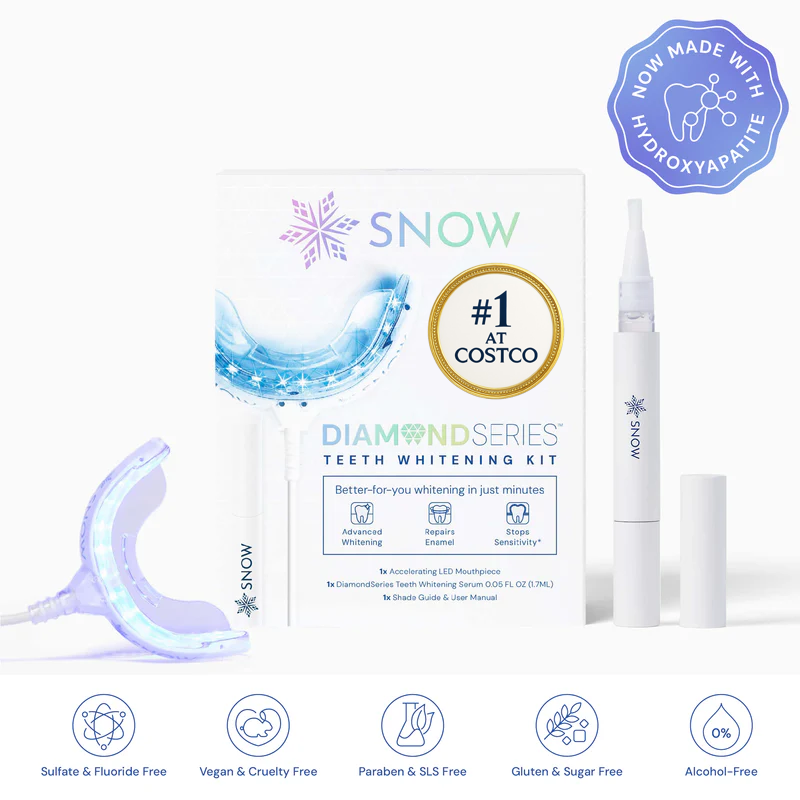
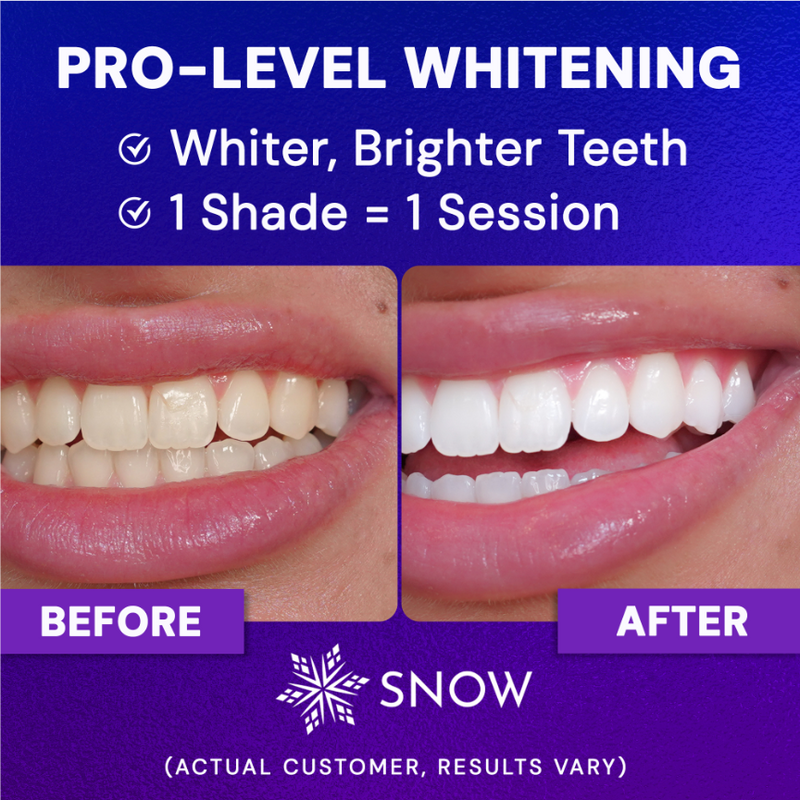








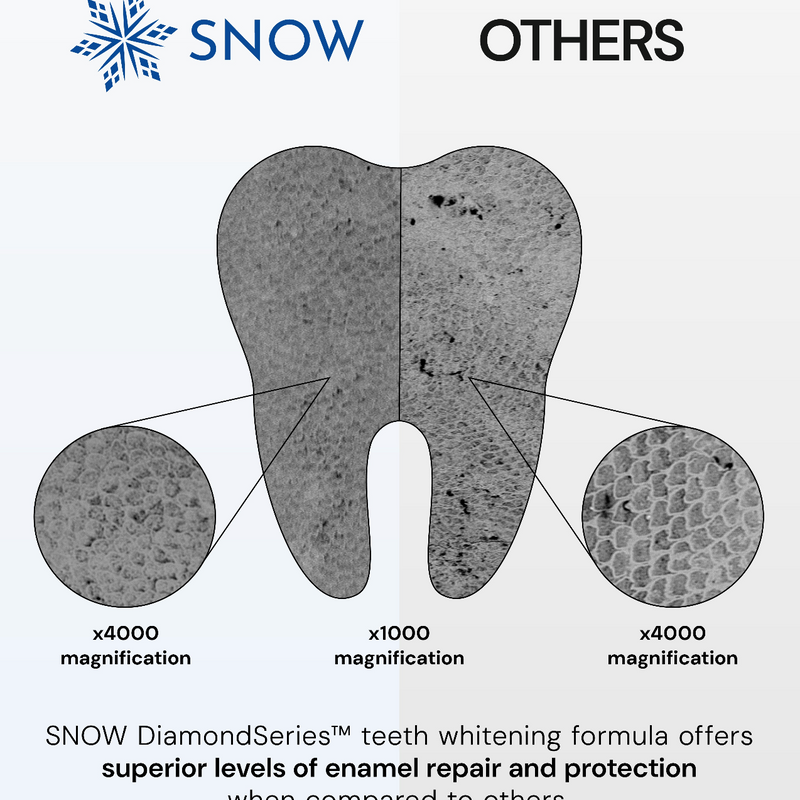
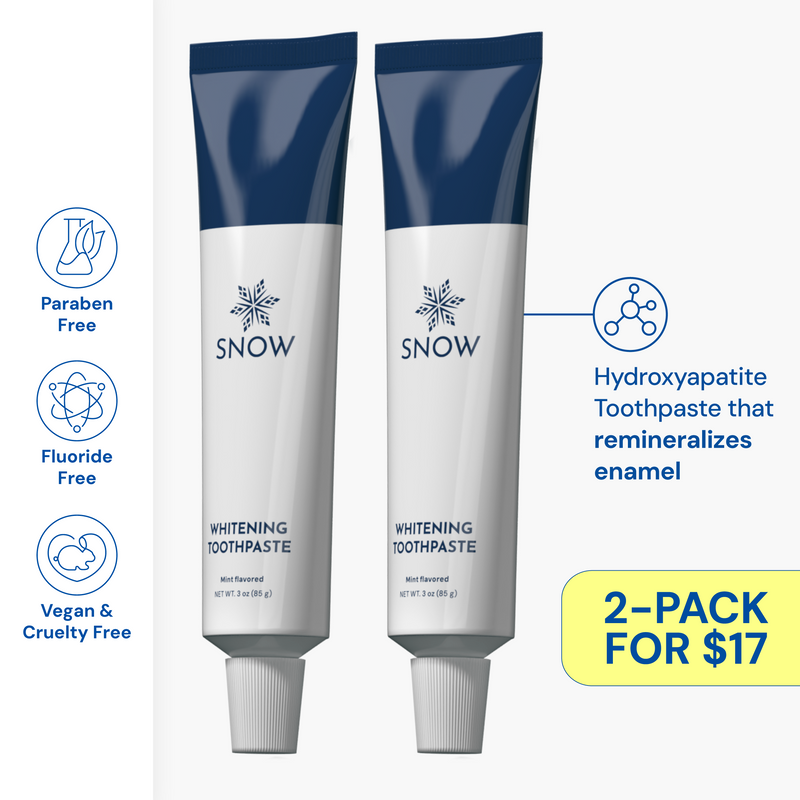
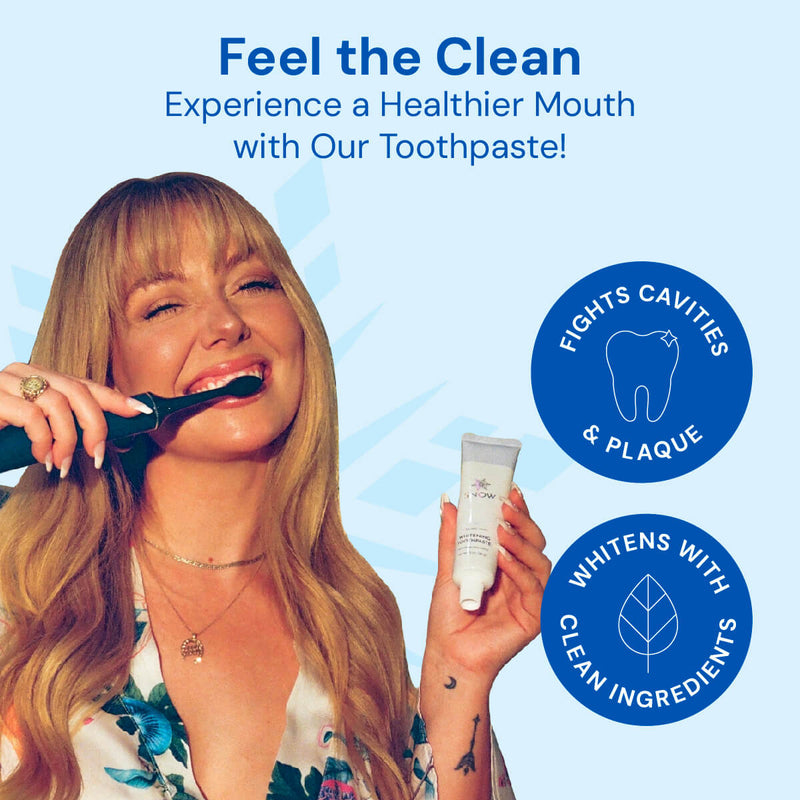
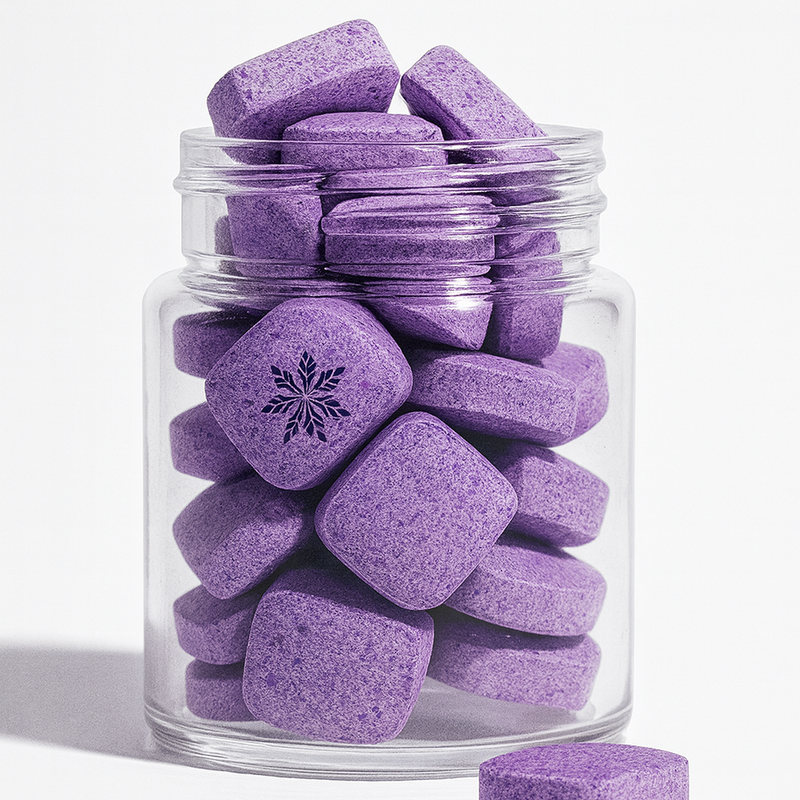

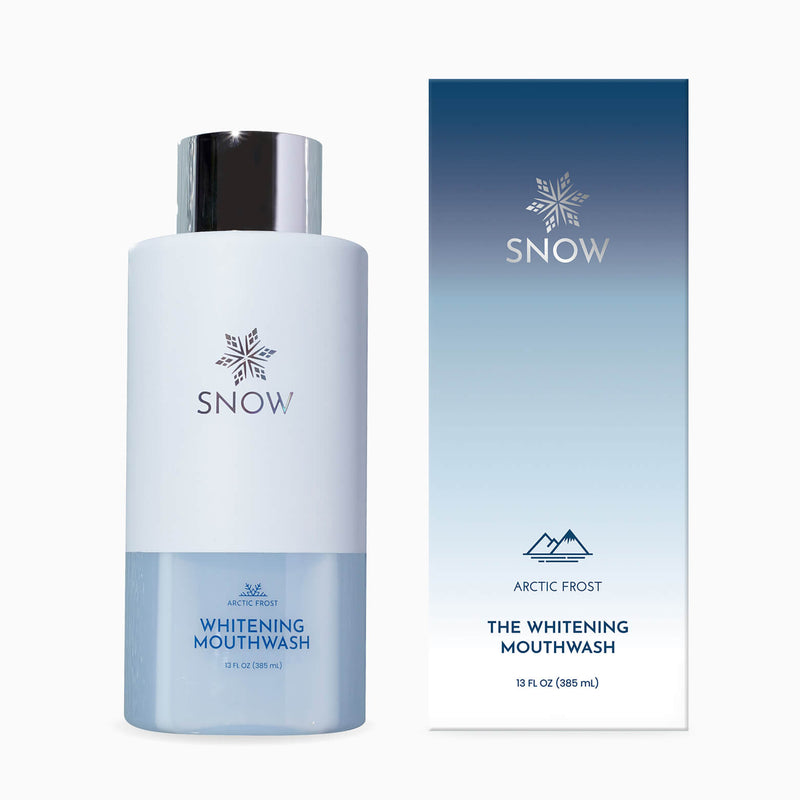




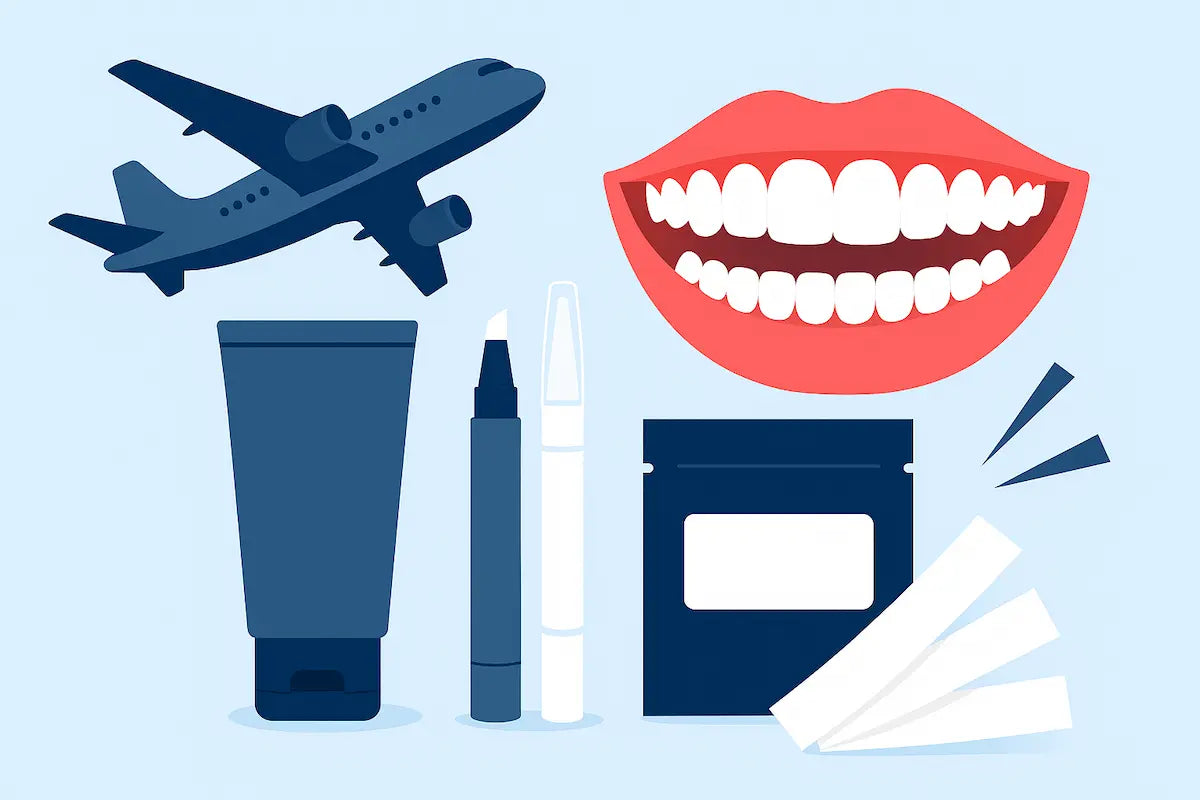
![The 7 Best Dissolving Teeth Whitening Strips of 2025 [Tested & Reviewed]](http://www.trysnow.com/cdn/shop/articles/Best_Dissolving_Whitening_Strips_f255d438-ec16-4864-88ee-a490b9b5c865.webp?v=1761235799)
